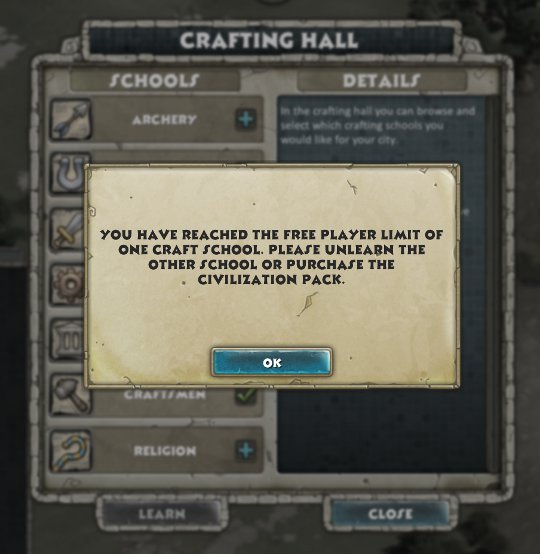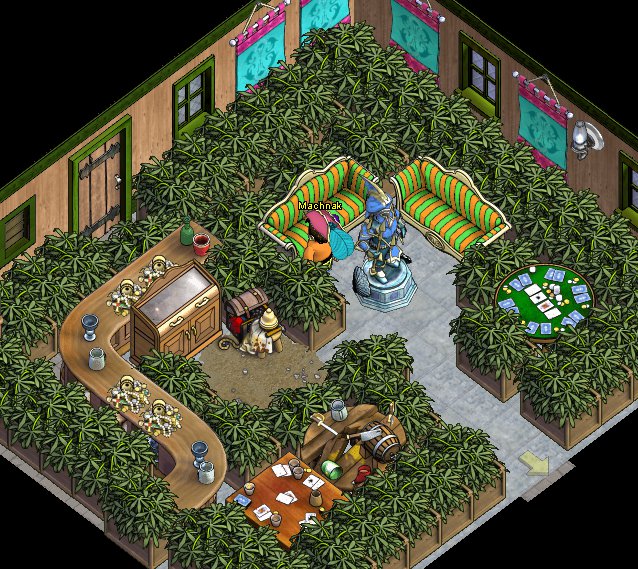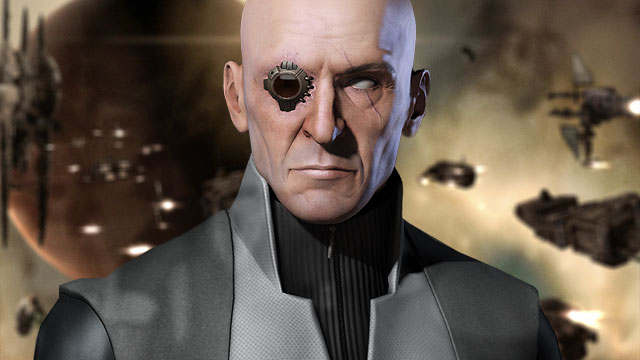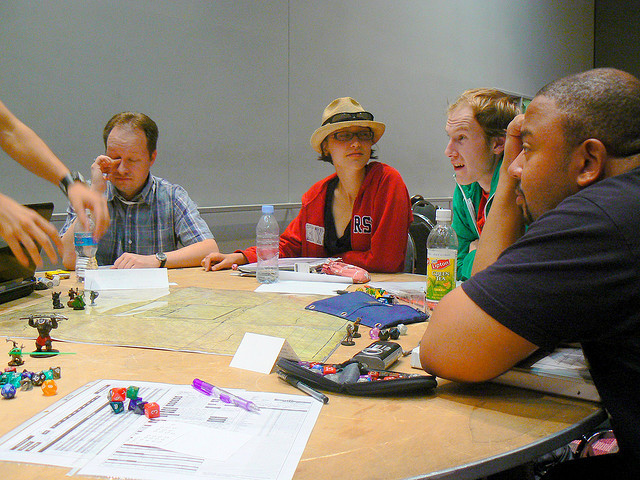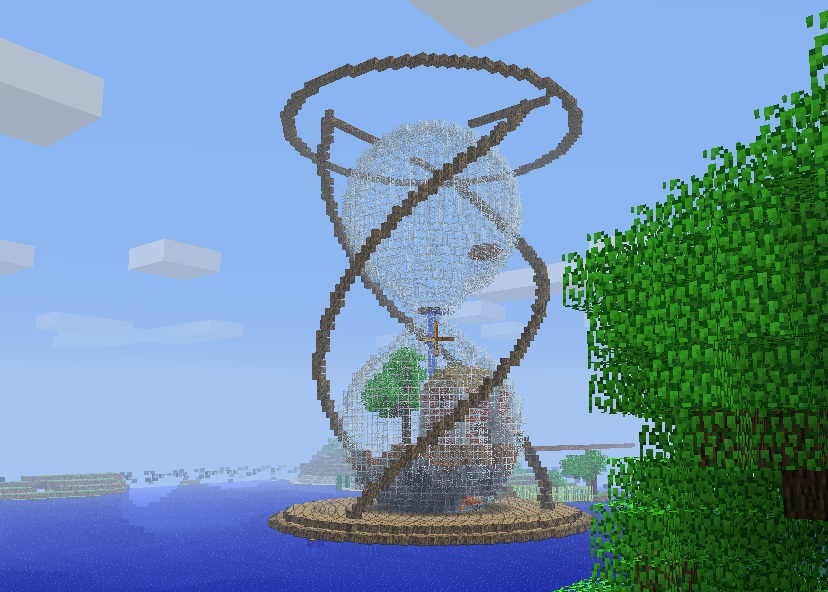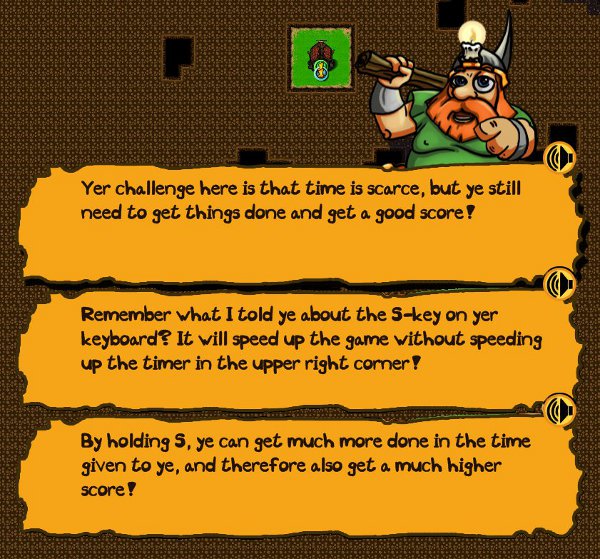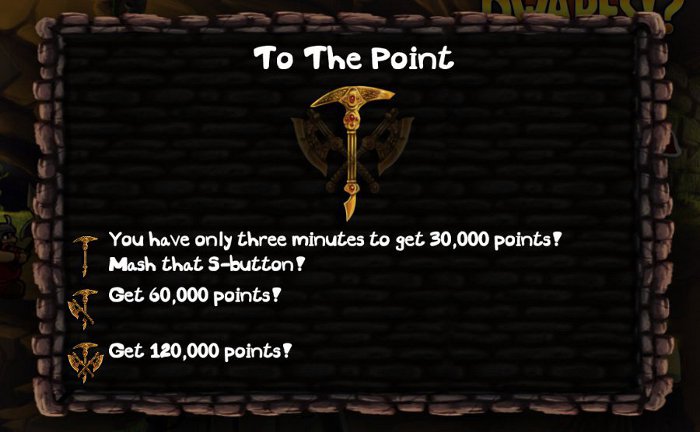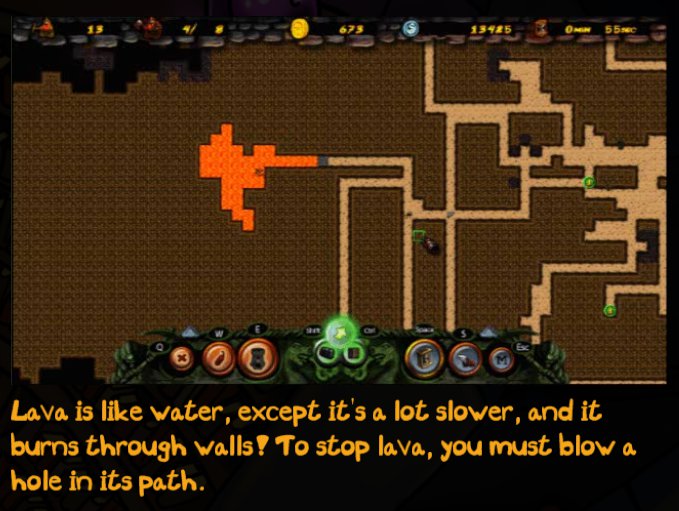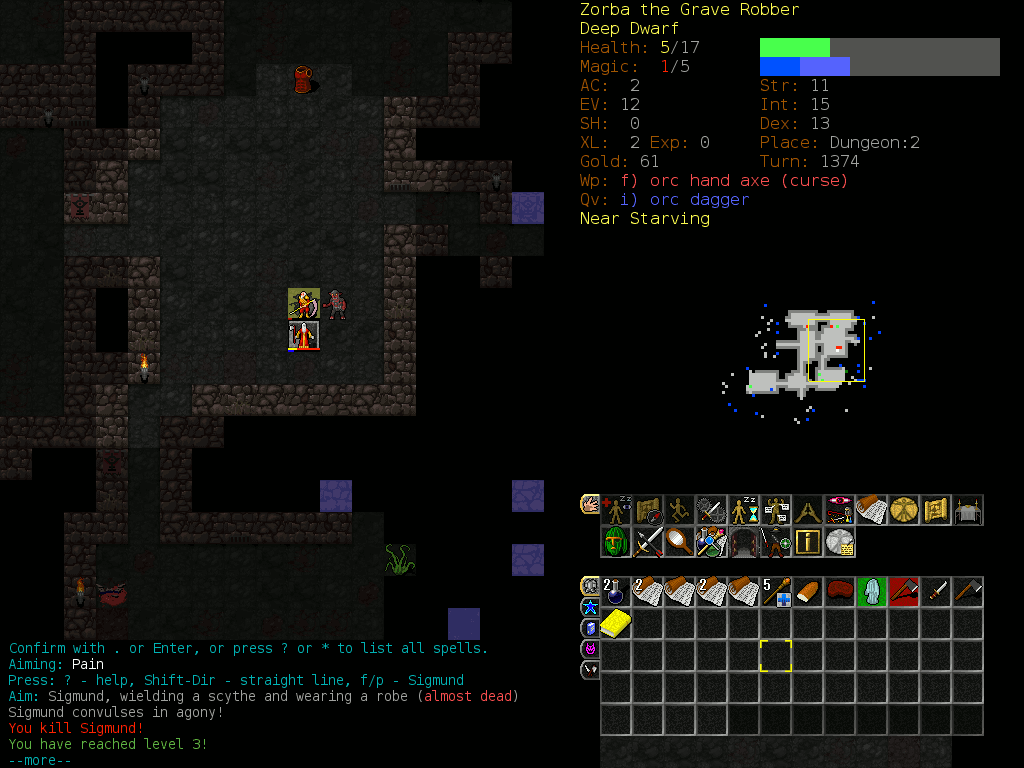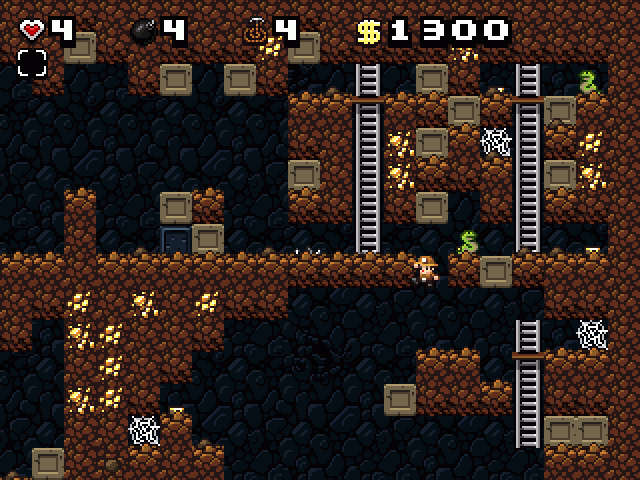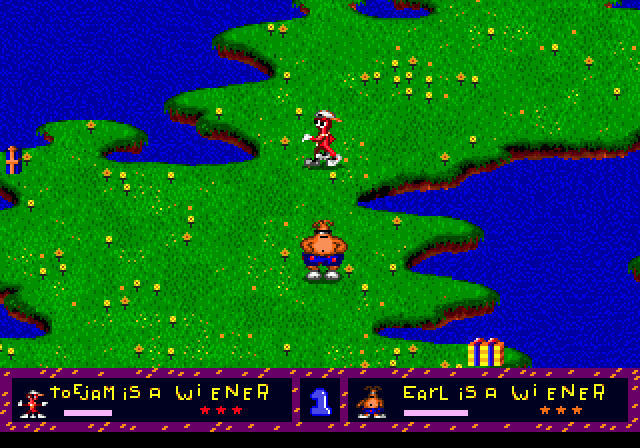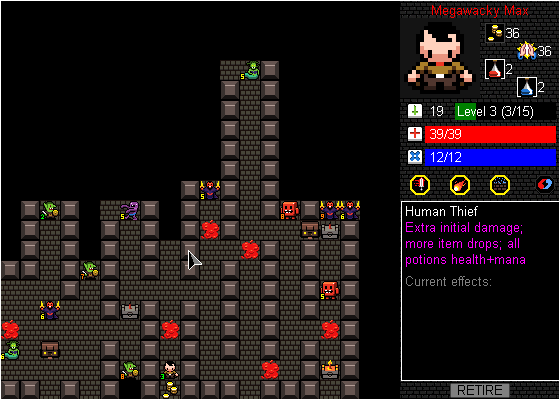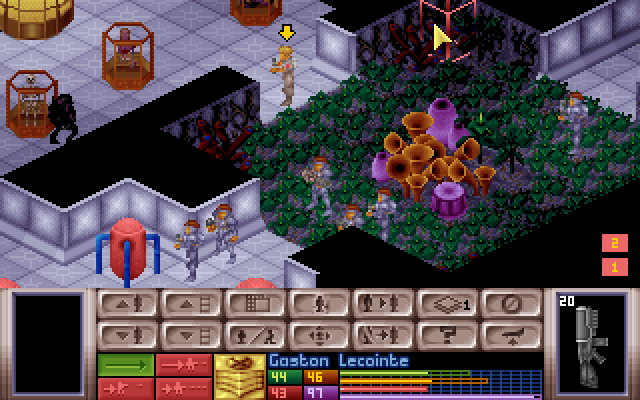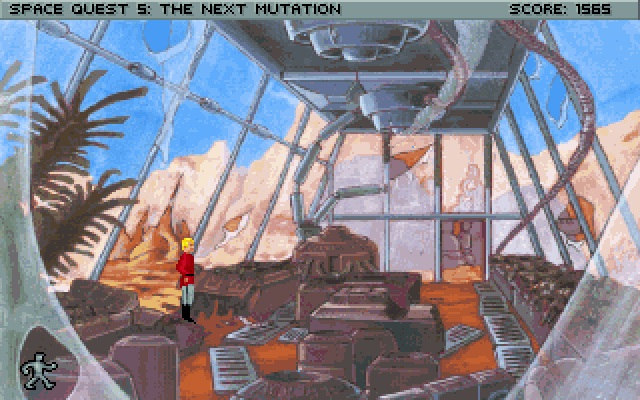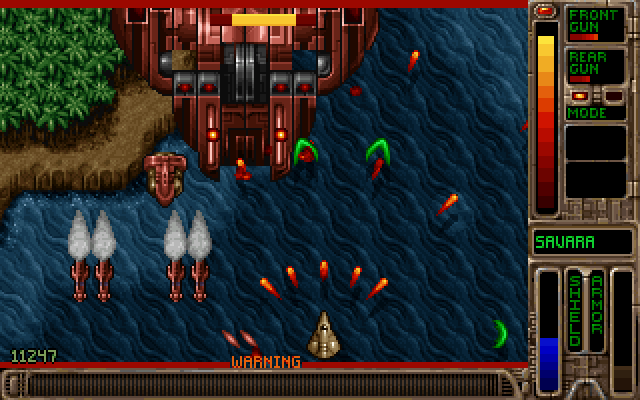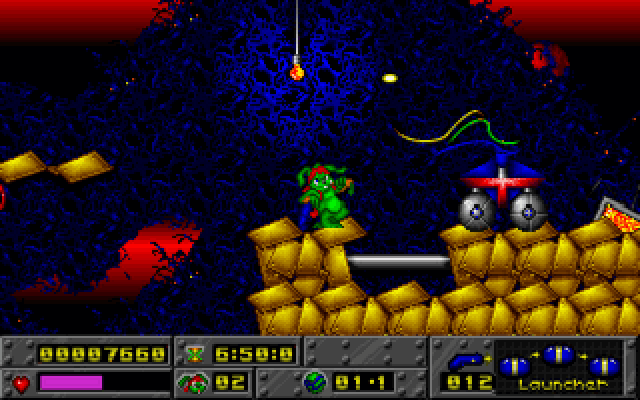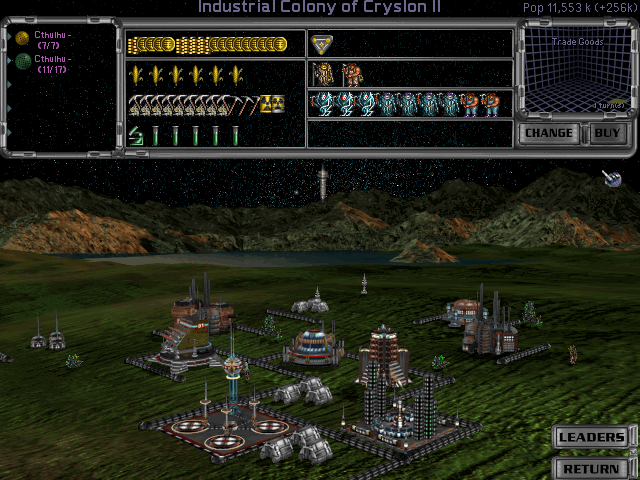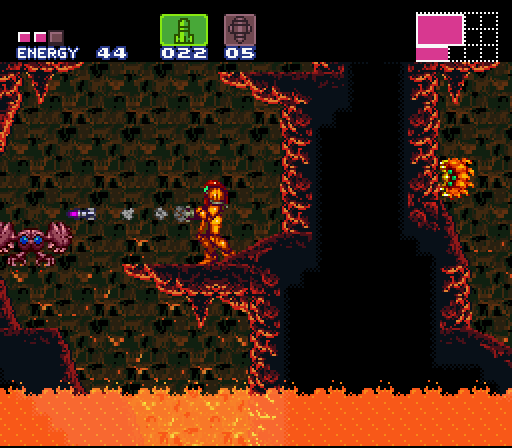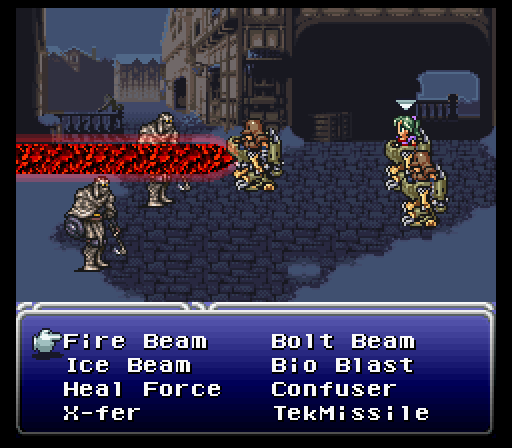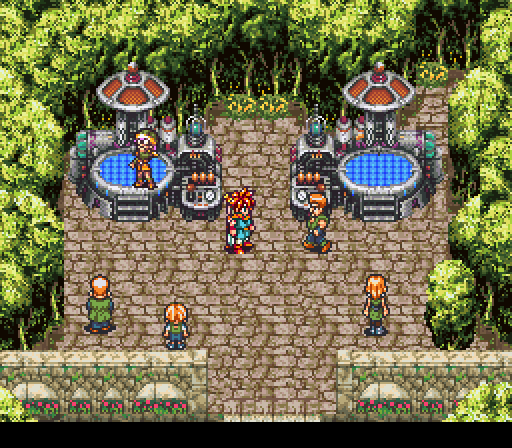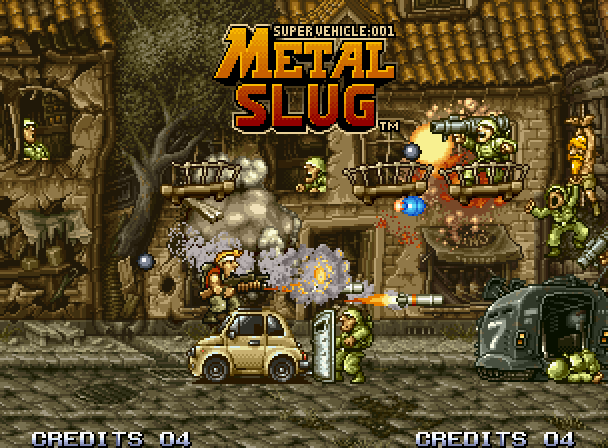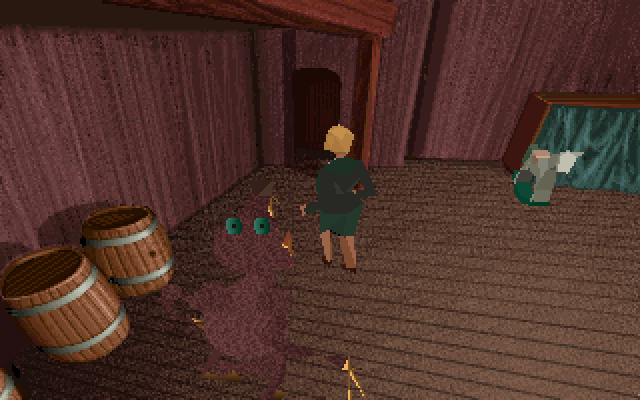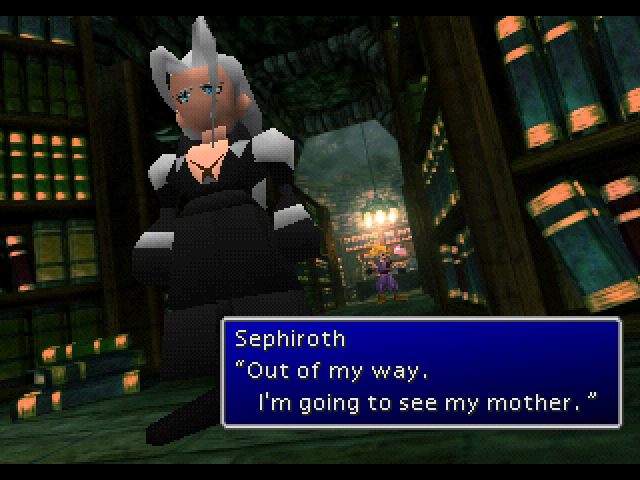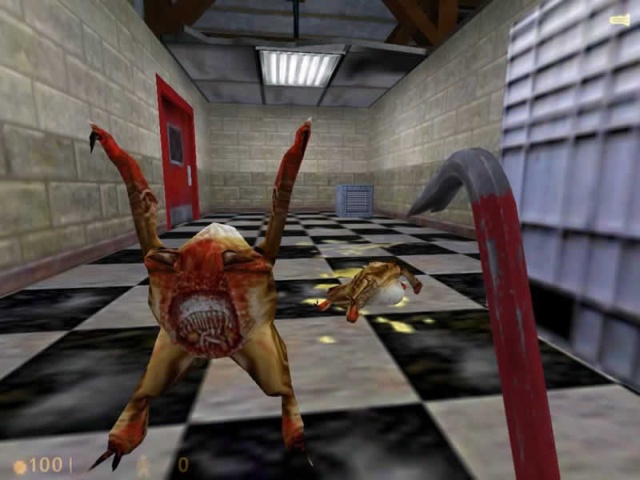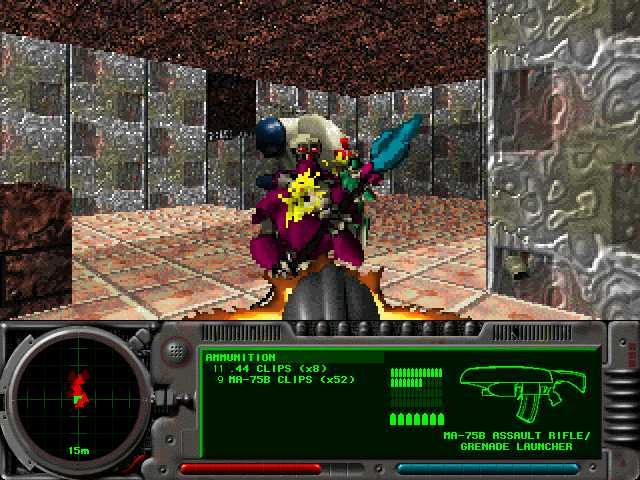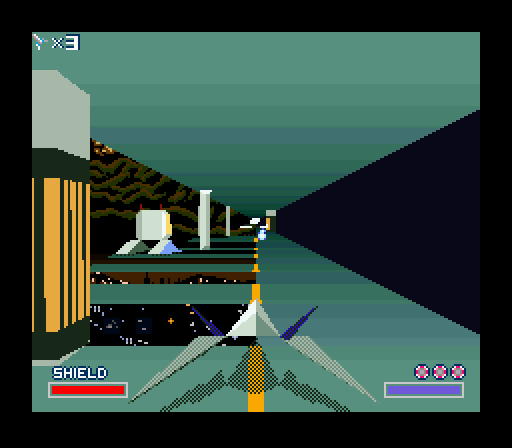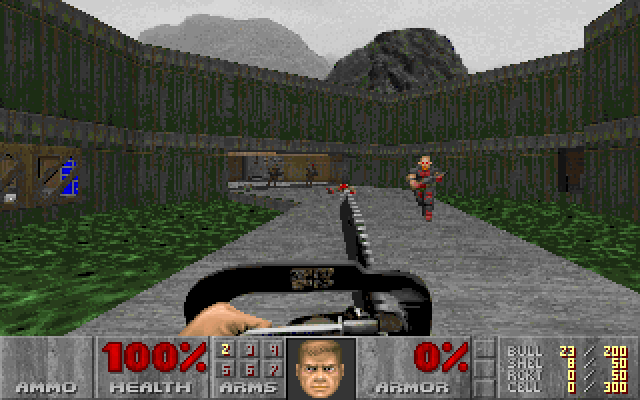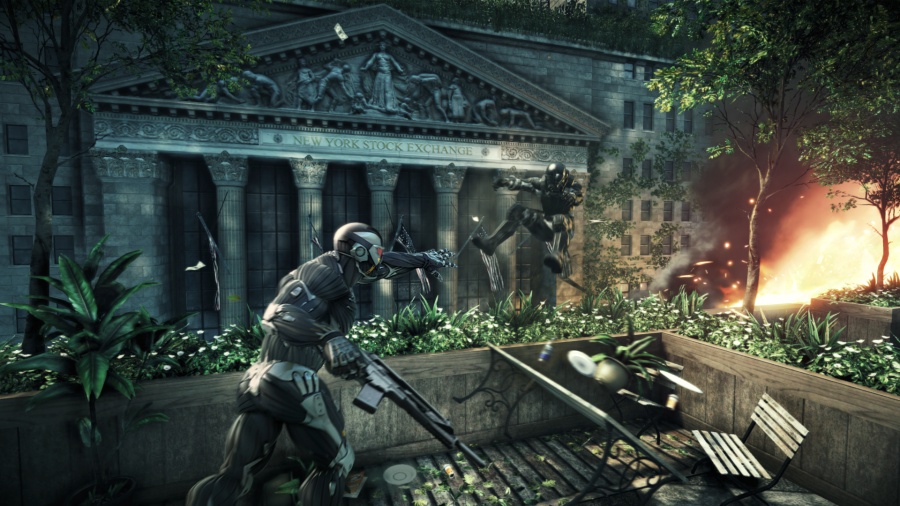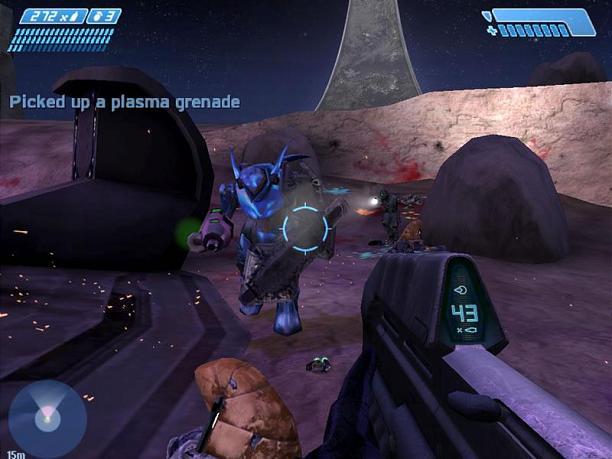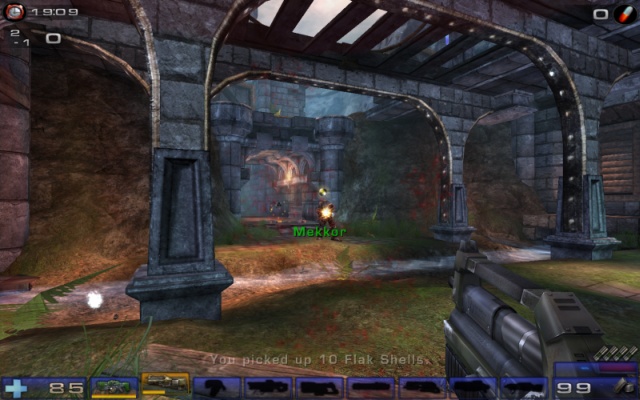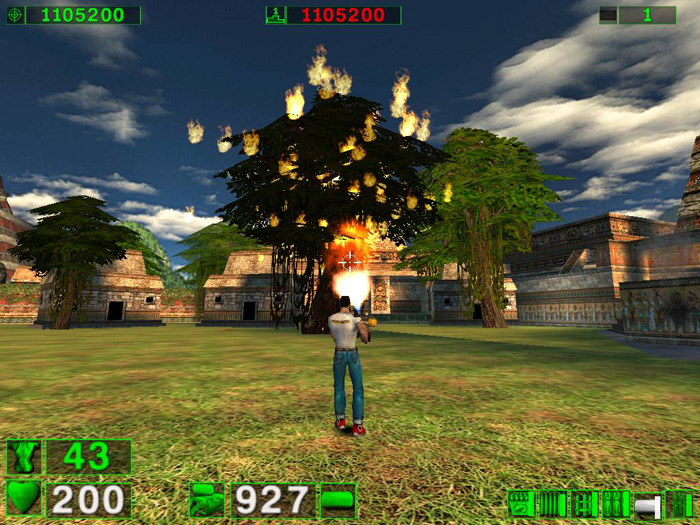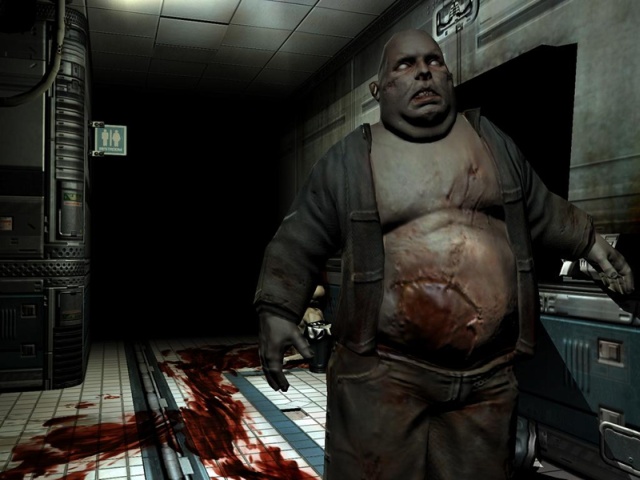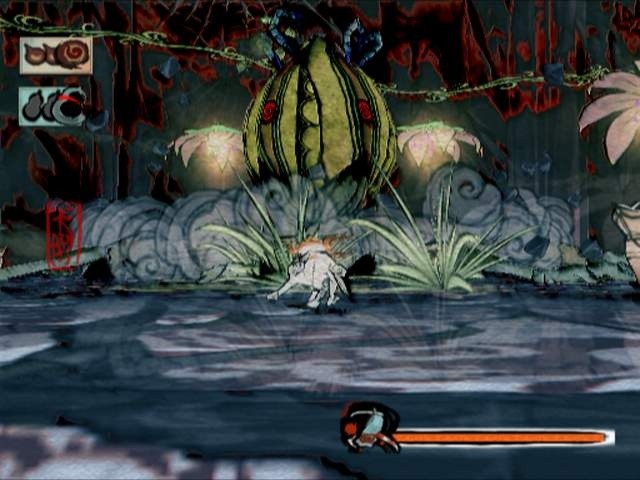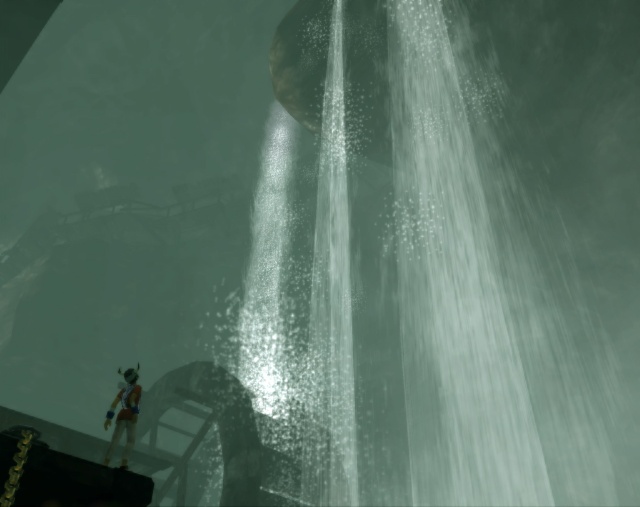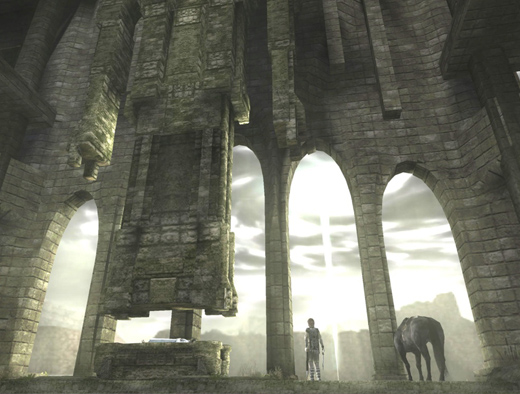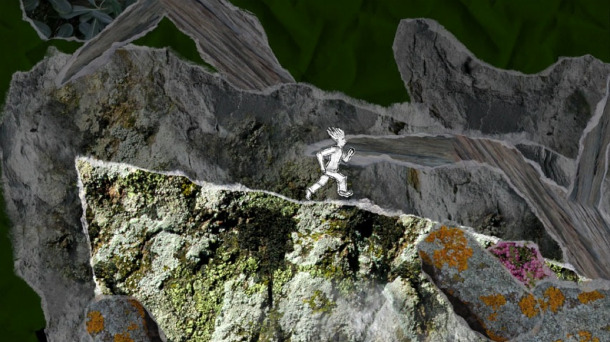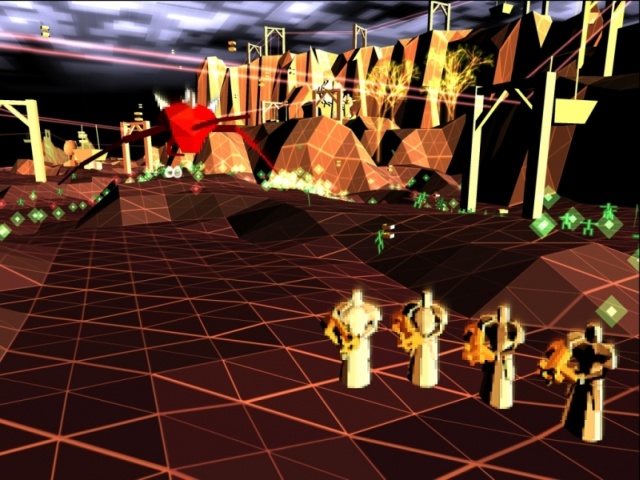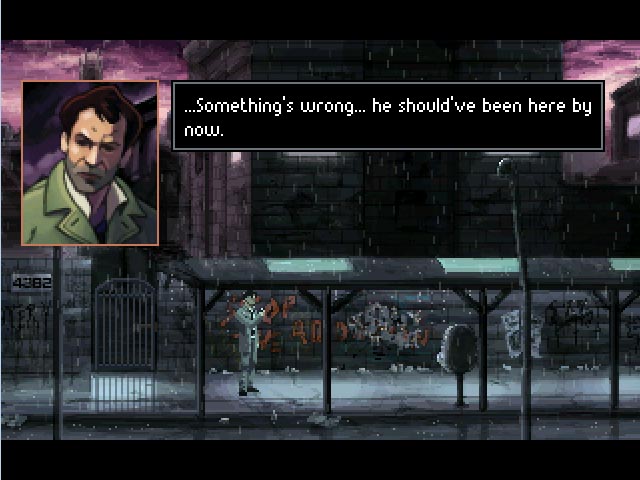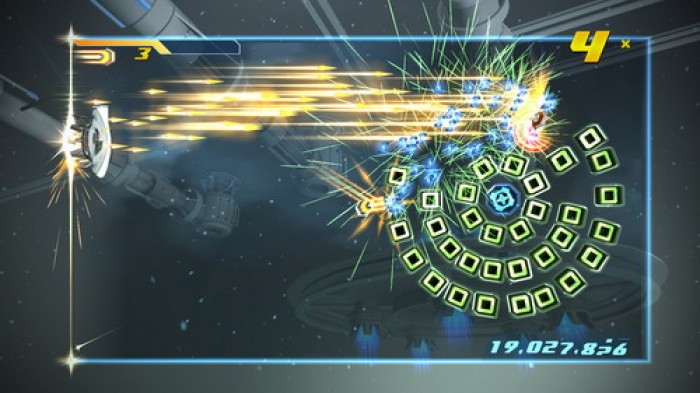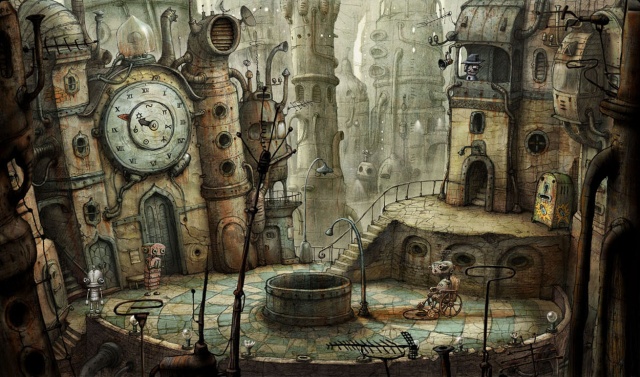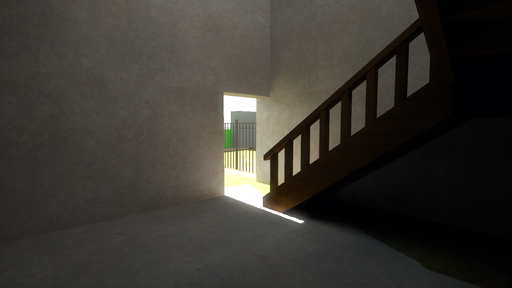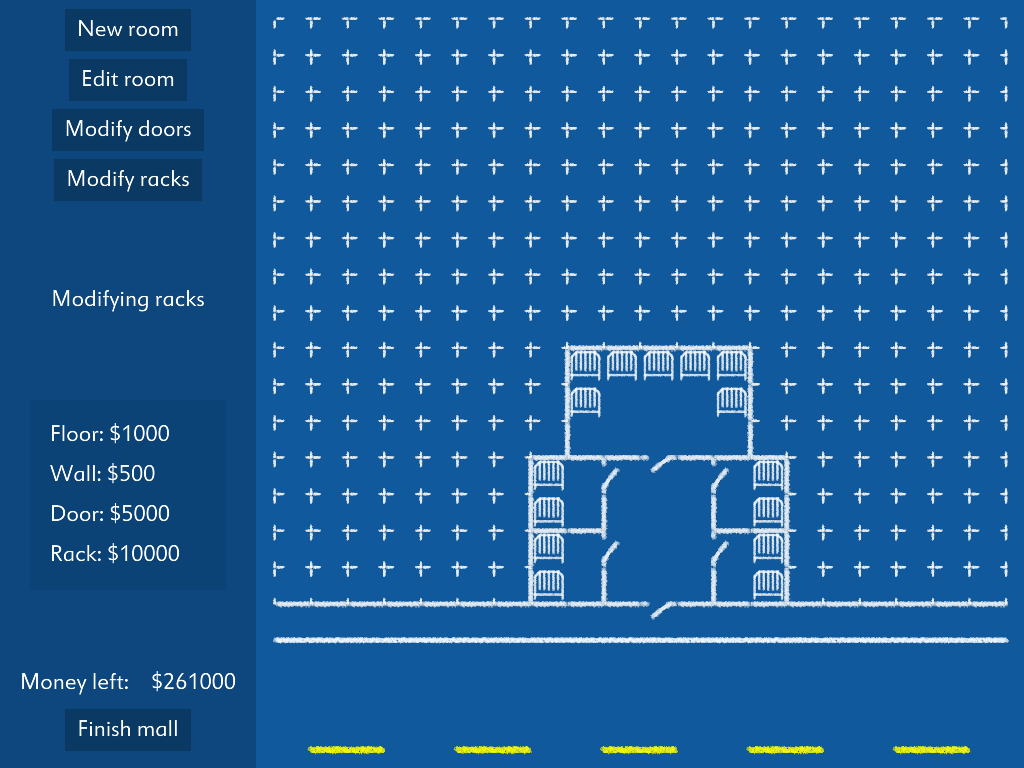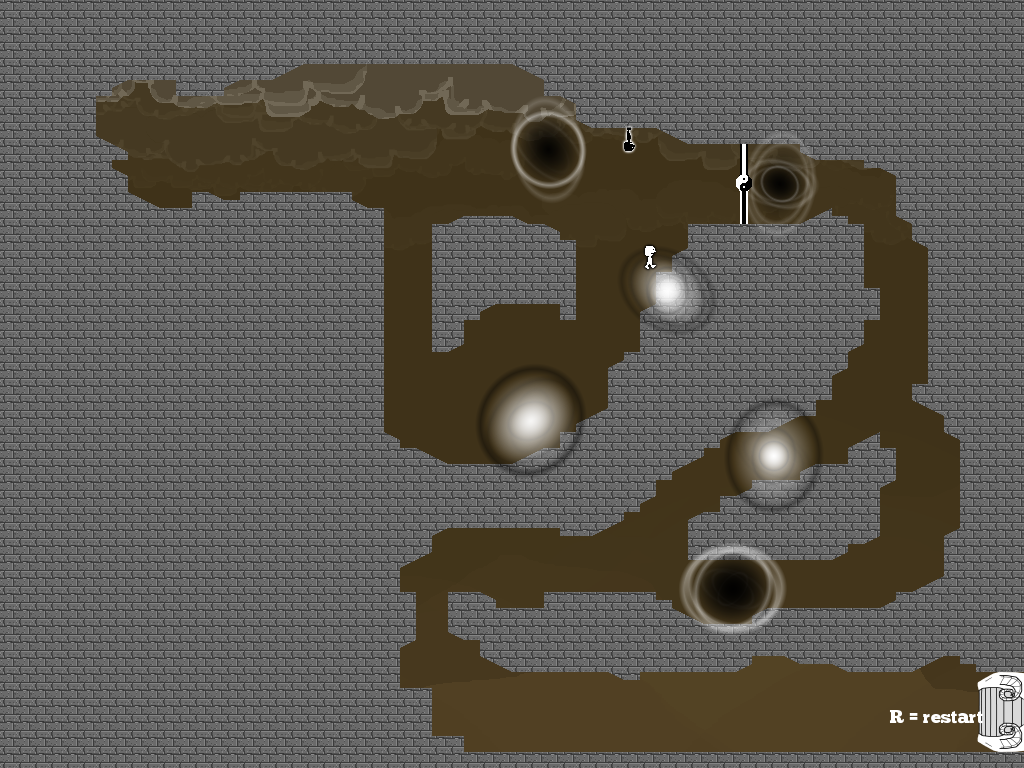Balancing Difficulty The Easy Way
2011, October 31st 11:35 AMHas anyone here played a perfectly balanced game?
I don't mean a game balanced perfectly for one player. We've all played games like that. Oh man, we think afterwards, that was very difficult. I barely made it through! Clearly I am awesome.
No, I mean games balanced perfectly for every player. Balanced so that everyone enjoys the game and thinks it was well-designed. Balanced so the guy who just wants to walk through the game and nuke everything can enjoy themselves, and the girl who wants to slam her head against fiendishly difficult monsters for hours on end can make it through and feel proud of a major accomplishment.
Simultaneously.
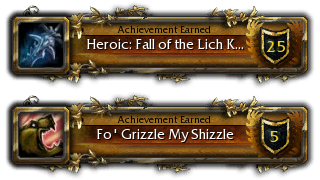
While working on an MMO, I hear balance complaints all the time. Sometimes it's interplay between the various classes, and that's understandable – if your friend really is just flat-out stronger than you, well, that's a balance bug. But sometimes it's complaints about the game difficulty. One person says "this boss is too hard, I couldn't beat him in three hours of trying!" while another says "this boss is too easy, I beat him after only three hours of trying!"
Well, fuck.
But if I think about it, I've seen games solve this. Two games, in fact. And I'm going to talk about these games.
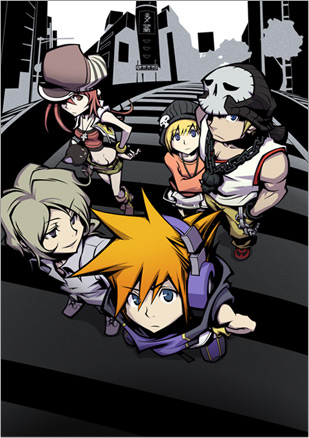
First, The World Ends With You. I've talked about TWEWY before, though not on this subject.
In TWEWY, you could voluntarily choose to reduce the player's level. You lost hit points and attack power. In return, you got improved drop rates. Reduce your level by one, you got double drop rates. Reduce it by nine, you got tenfold increased drop rates. Level up to 100 and drop your level all the way to one – kabam, hundredfold increased drop rates!
You could also choose to change the game difficulty. By default, you were on Normal. Early on, you unlock Easy. Later, you unlock Hard. Eventually you unlock Ultimate. Each difficulty gives you new drop items from monsters, giving some of the rarest items in the game.
Note that I didn't say rarest and most powerful.
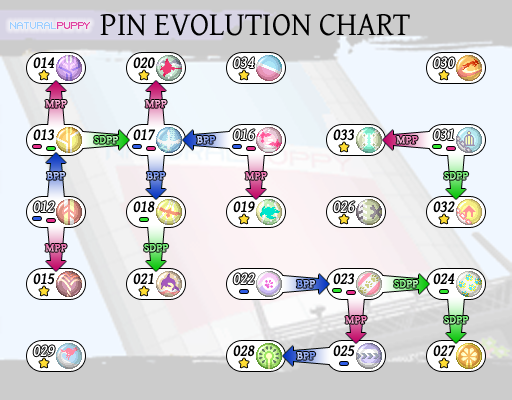
Power, in TWEWY, is surprisingly unrelated to drops. For one thing, many of your powers can be leveled up to reach the top tier of effectiveness. For another thing, many of the "higher-tier" powers aren't actually much stronger at all. Finally, you need only one copy of each power. If you have twenty copies of a power, it doesn't make you any stronger, it doesn't make the game easier. It just gives you more to sell. Which you can use to buy more powers . . . that also aren't really any stronger.
These difficulty settings are also extremely transient. You can change difficulty, or raise or lower your level, at any time you're not in battle. It's easy, it doesn't cost anything. Want the next battle to be tough? Make it tough. Want it easy? Make it easy. Additionally, almost every fight can be backed out of. You can just say "no, I want to cancel this fight, let's go back before the fight." Defeat works the same way – the "game over" screen asks if you want to try again, back out to before the fight, or change your difficulty. Want to try a boss on hard mode and get slaughtered fifty times in a row? Go ahead. The game will let you do so easily. Give up and want to just breeze through? Sure, no sweat, let's do that.
Next, let's talk about Bastion.
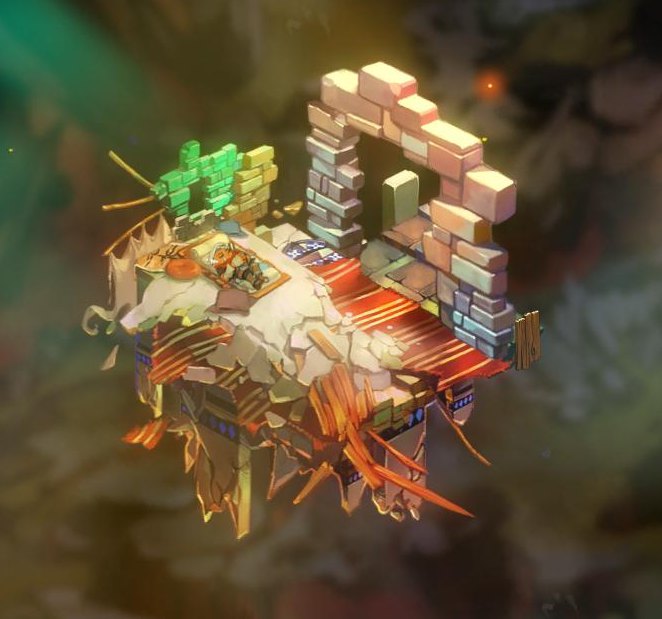
First, you should go play Bastion. It's really, really good.
In Bastion, you can choose to activate Idols. Each Idol represents a god. Gods aren't helpful in the world of Bastion – each god makes the game harder in some manner. Maybe enemies move faster, or slow you when they attack, or gradually heal their wounds. Or maybe you turn all ten Idols on, and the enemies absolutely wreck you. The game gets incredibly tough.
The difficulty settings, again, are quite transient. Unlike Twewy, you're stuck doing a level as a single unified run – you usually can't change settings in the middle – but the game is perfectly happy to let you tweak settings between levels. There's also no penalty for losing besides having to try again, so if you die horribly, turn an Idol or two off and give it another shot. Or just give it another shot with the same idols. Your call.
Each Idol increases your rewards a little, however – both experience and money. Experience is used for leveling up, which is surprisingly unhelpful. Money is used for buying things, which is also surprisingly unhelpeful. The gods don't increase your experience and money very much – from 5% to 10% per god, coming out to a total of under 100% with every God turned on. The end result is that the benefit from turning the idols on is nowhere near the magnitude of the penalty – you'll farm experience and money faster with the idols off, simply thanks to how much easier the creatures are to kill.
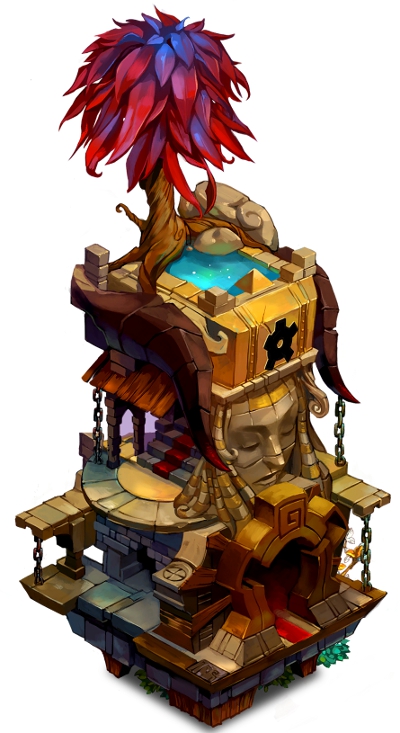
You've probably noticed similarities in these descriptions.
Each game lets you customize the difficulty in whatever manner you choose. If you want one level to be easy, and the next to be tough, it's your choice and the game won't stop you. Each game gives rewards for increasing the difficulty . . . but largely irrelevant rewards. They don't really make you stronger, just give you an excuse for the difficulty changes. The games don't penalize you for choosing an easier mode, nor do they really reward you for a harder mode.
I'm really liking this idea, and I think it should be used in more places.
Take Halo. Let's say at any point, you can go into the menu and change the difficulty. When you do, you're popped back to the last checkpoint (note that checkpoints in Halo are quite common.) The game keeps track of which checkpoints you've done at which difficulty and gives awards based on them. Maybe if you've done things at higher difficulty, Want to go back and replay something in a tougher mode? Go for it. No skin off our back.

Take any MMO of your choice. You get a little difficulty slider. Easy, Medium, Hard, Deadly. You can change it at will, and it makes you weaker and makes the enemies hit harder. Each quest keeps track of the easiest difficulty you were in while doing the quest. If you do the quest on a harder difficulty, you get a little extra money (money never matters in MMOs) and maybe a little shiny collector's token that you can turn in for vanity gear.
Want an easy ride? Do it on Easy, the plot's still all there. Want a challenge? Flip it over to Deadly, and now every single monster is potential death.
The only games this *doesn't* work well with are games that can't be easily chopped into bitesized pieces. I'm not sure how to apply it to Civilization, for example. I think you're just stuck there.
But if your game can be chopped up into pieces, and especially if death is not intended to be a catastrophe, and especially if it's very skillbased, then I'd strongly recommend considering this.
Or, at least the very least, play Bastion and TWEWY, then consider it.
Or just play Bastion and TWEWY. Seriously. They're great games.

